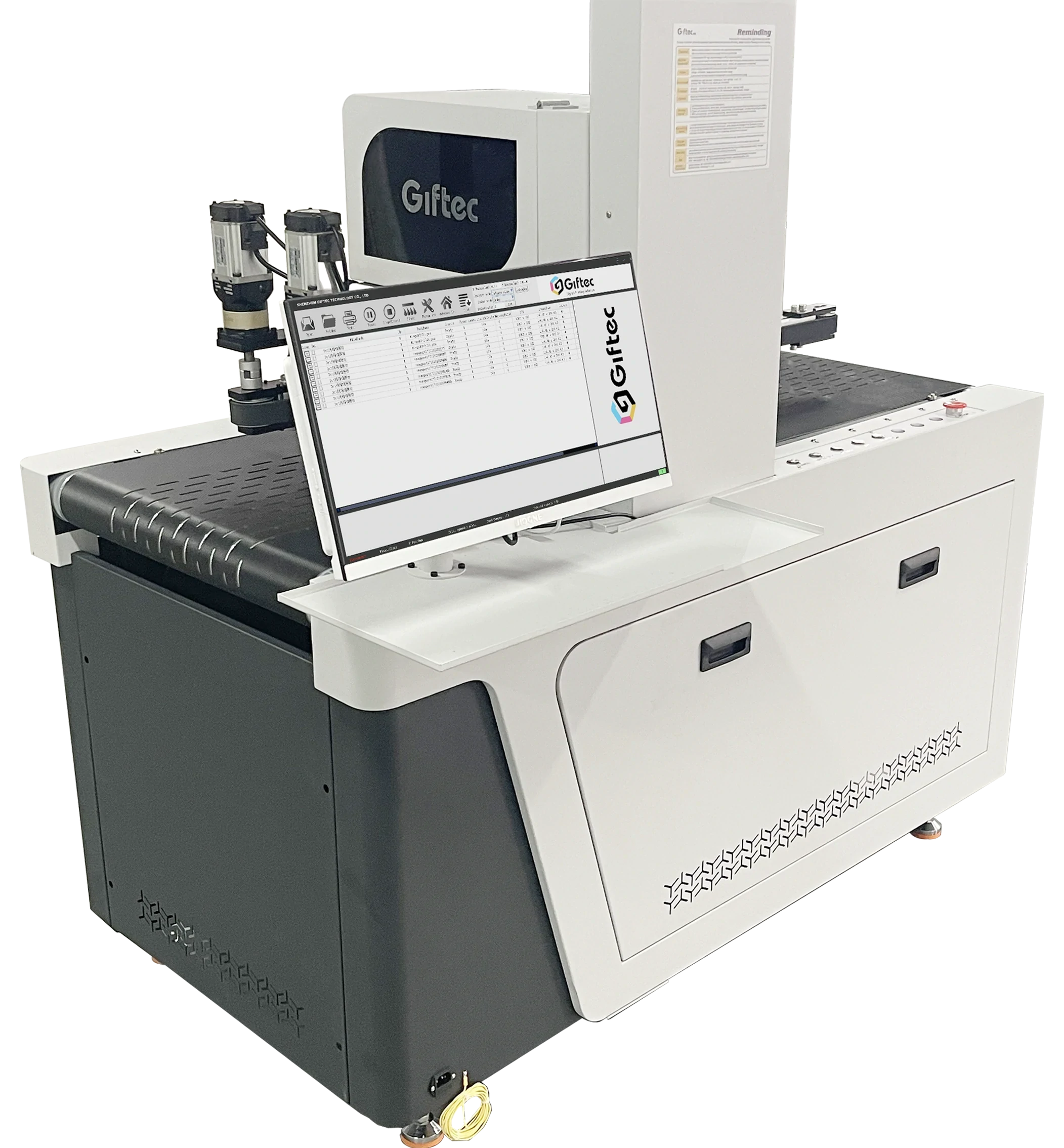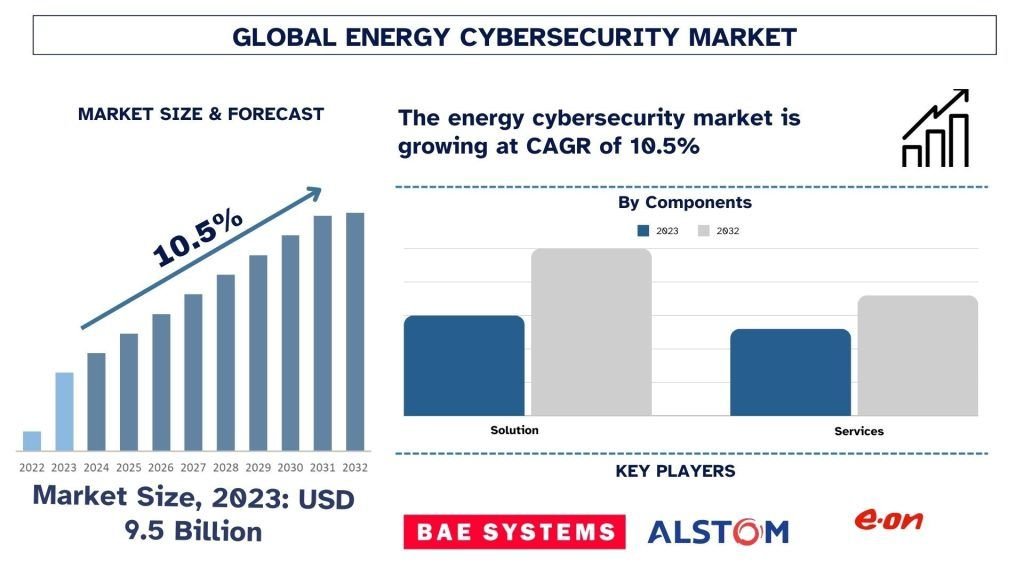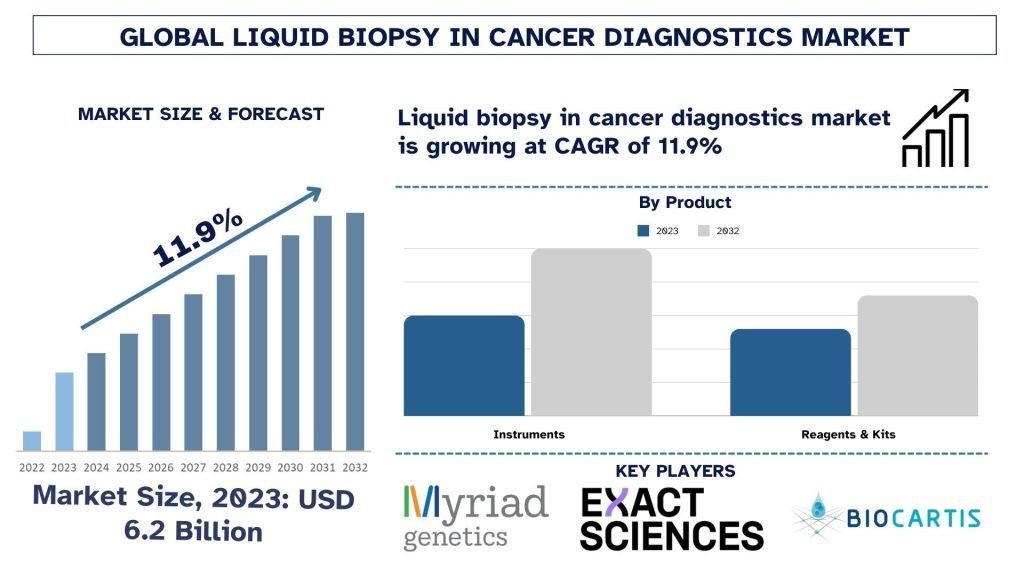
In an increasingly competitive global economy, organisations are placing greater emphasis on workforce productivity and workforce optimisation. As we enter 2025, businesses seek smarter ways to increase output, foster employee engagement, and streamline operations. With remote and hybrid work models becoming standard, traditional management approaches are no longer sufficient. To stay ahead, companies must adopt innovative, data-driven strategies that align employee performance with organizational goals.
This article explores the most effective strategies to boost workforce productivity in 2025, while also ensuring optimal workforce utilisation and long-term business sustainability.
Understanding Workforce Productivity and Optimisation
Before diving into the strategies, it’s essential to understand the difference between workforce productivity and workforce optimisation. Workforce productivity refers to the output produced by employees within a specific time frame, whereas workforce optimisation is a broader term encompassing the tools, processes, and strategies used to ensure that human resources are used most efficiently and effectively.
In simple terms, productivity measures how much is being done, while optimisation ensures the resources are aligned and utilized in the best possible way to achieve the desired results.
Embrace Data-Driven Decision-Making
One of the most effective ways to improve workforce productivity is by embracing data. Data analytics offers deep insights into employee performance, bottlenecks, and time allocation. With real-time analytics and performance dashboards, managers can identify high-performing employees, spot inefficiencies, and implement corrective actions promptly.
Advanced workforce analytics tools help optimize the workforce by allowing decision-makers to forecast workloads, balance resource allocation, and reduce idle time. Companies that use data to make informed decisions can adjust strategies quickly and efficiently, resulting in enhanced productivity.
Foster a Culture of Flexibility and Accountability
The traditional 9-to-5 workday is gradually becoming obsolete. In 2025, organisations are increasingly adopting flexible work schedules that cater to employee preferences and well-being. However, flexibility must be coupled with accountability to ensure goals are still being met.
By setting clear expectations, key performance indicators (KPIs), and deadlines, companies can empower employees while holding them accountable. When individuals feel trusted and are evaluated based on outcomes rather than hours worked, workforce productivity often sees a significant boost.
Prioritise Employee Well-Being and Mental Health
A healthy workforce is a productive one. In recent years, organisations have recognized that mental well-being has a direct impact on performance. Stress, burnout, and lack of work-life balance are major contributors to declining productivity.
To address this, companies are investing in employee wellness programs, mental health support, and initiatives such as wellness days or access to counseling services. Promoting a healthy work environment increases job satisfaction, reduces absenteeism, and supports overall workforce optimisation by ensuring a more engaged and resilient team.
Invest in Upskilling and Reskilling
The rapid pace of technological advancement requires a skilled and adaptable workforce. Organisations must continuously invest in training and development to keep their teams up to date with new tools, technologies, and industry practices.
Upskilling improves workforce productivity by enabling employees to perform tasks more efficiently and handle a wider range of responsibilities. Reskilling, on the other hand, helps reallocate talent to more critical areas of the business, supporting workforce optimisation by aligning skills with evolving company needs.
In 2025, microlearning, online certifications, and learning experience platforms are become the preferred methods of upskilling.
Leverage Automation and AI
Automation and artificial intelligence (AI) are game-changers in both workforce productivity and workforce optimisation. By automating repetitive and low-value tasks, employees can focus on strategic, creative, and high-impact work.
AI-powered tools can also assist with predictive scheduling, task prioritisation, and real-time feedback, significantly enhancing team performance. From HR functions to customer service, automation is helping organisations do more with fewer resources, optimising both time and cost.
Enable Real-Time Collaboration and Communication
Effective communication is fundamental to productivity, especially in distributed and remote work environments. In 2025, digital collaboration platforms are more critical than ever for enabling seamless communication across departments and geographies.
Tools like project management software, instant messaging apps, and video conferencing platforms keep teams aligned, facilitate knowledge sharing, and improve project execution speed. Enhanced collaboration contributes directly to workforce productivity, while streamlined communication flows help in the overall workforce optimisation strategy.

Set Clear Goals and Recognise Achievements
Goal-setting creates direction, while recognition fuels motivation. In high-performing organisations, managers work closely with teams to set SMART (Specific, Measurable, Achievable, Relevant, Time-bound) goals and review them regularly.
When employees clearly understand what is expected of them and receive recognition for their efforts, their motivation to perform increases. This not only improves workforce productivity but also builds a culture of accountability and appreciation.
Recognition doesn’t have to be expensive — a simple shout-out in a meeting or a digital badge can go a long way in reinforcing positive behavior and boosting morale.
Adopt Intelligent Workforce Management Tools
To achieve true workforce optimisation, companies must adopt intelligent workforce management systems. These tools go beyond simple scheduling and time tracking. They provide comprehensive visibility into task allocation, performance metrics, attendance patterns, and much more.
With such tools, managers can make proactive decisions to redistribute workload, manage overtime, and ensure every team member is working at their full potential. Smart platforms also help in compliance management, reducing legal and operational risks.
Encourage Innovation and Feedback
Organisations that foster innovation are often more productive and adaptive. Encouraging employees to suggest improvements, share insights, and participate in innovation programs can lead to better processes and products.
Moreover, regular feedback loops — both from management to employees and vice versa — create a culture of continuous improvement. When employees feel heard and see their feedback implemented, they become more engaged and committed to their roles, ultimately boosting workforce productivity.
Conclusion
As businesses continue to navigate the evolving landscape of work in 2025, a strategic focus on workforce productivity and workforce optimisation is more important than ever. Organisations that invest in data-driven tools, flexible work environments, employee well-being, and continuous learning will see tangible gains in efficiency and performance.
One company at the forefront of this transformation is ProHance, a leading provider of workforce analytics and optimisation solutions. By offering real-time visibility into employee activities and helping organisations unlock the true potential of their teams, ProHance empowers businesses to drive sustainable growth through intelligent workforce management. For companies looking to stay competitive in the digital age, partnering with innovative platforms like ProHance is a strategic step toward a more productive and optimised future.












Leave a Reply